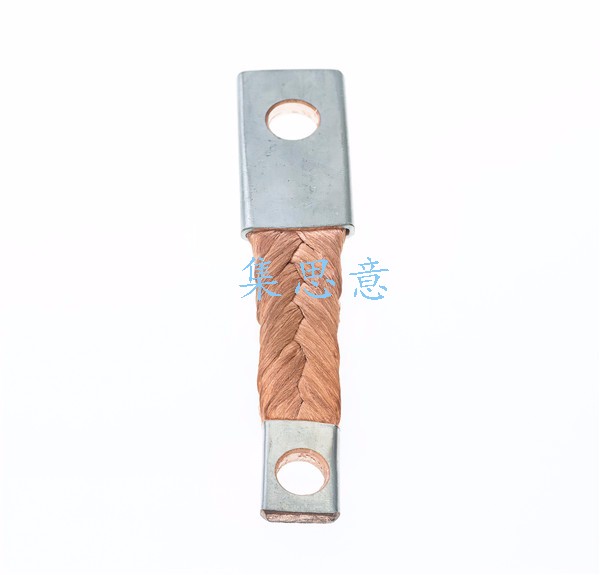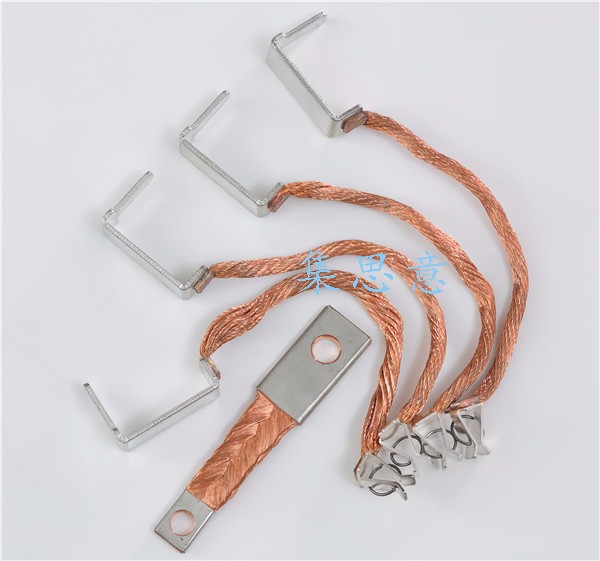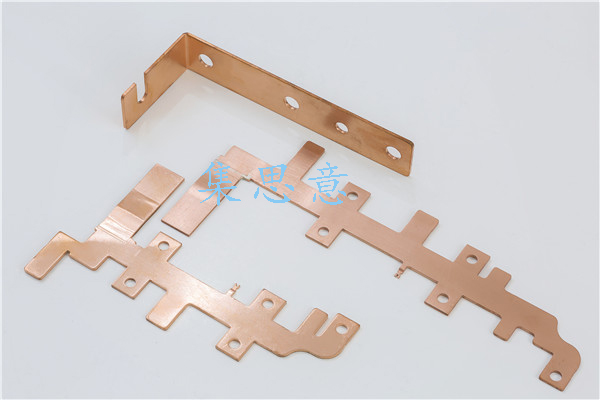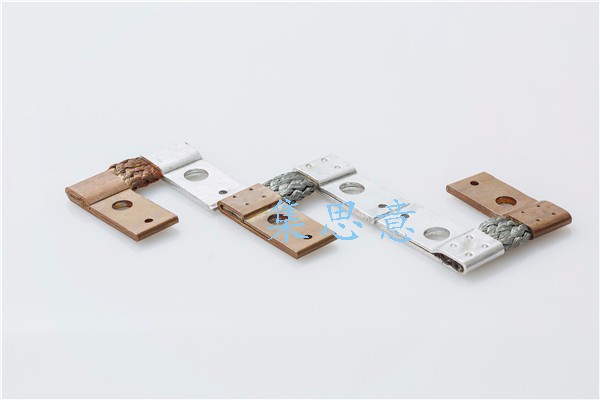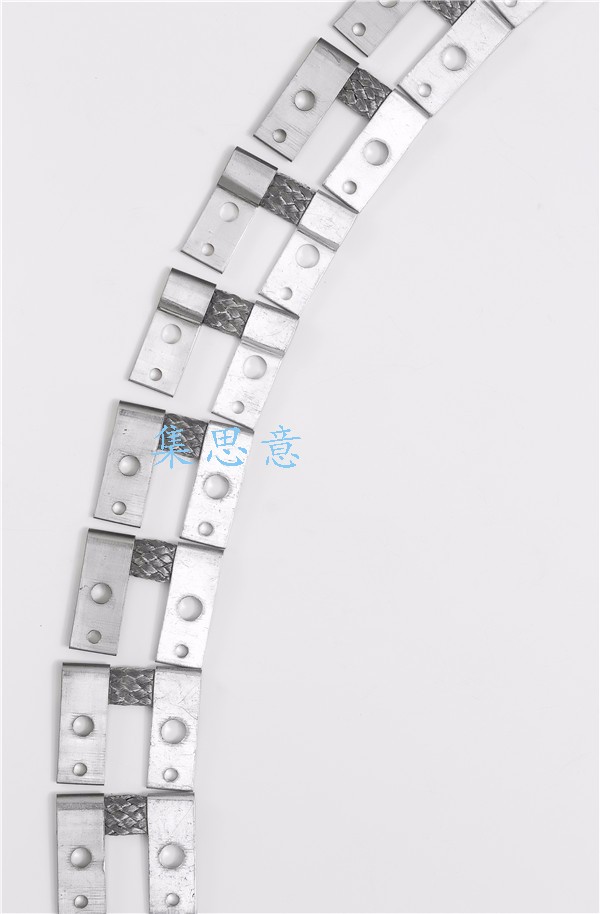Where is tinned copper strand used, and what is the difference between non-tinned copper strand?
Tinned copper strand is widely used in various fields, including power transmission, communications, automotive, aerospace, electronic equipment and so on. Compared with untinned copper strand, tinned copper strand has the following significant differences:
Better corrosion resistance: The surface of tinned copper strand is covered with a tin layer, which can effectively prevent oxidation, corrosion and other problems. This makes the tinned copper strand more durable in outdoor applications. The untinned copper strand is susceptible to oxidation and corrosion, which reduces its service life.
More stable electrical performance: Tin has good electrical conductivity and stable chemical properties, which can improve the electrical performance of copper stranded wire. The tinned copper strand has higher conductivity and lower resistance, which reduces energy loss and provides a more stable signal transmission. In contrast, the electrical performance of untinned copper strand is not as stable as that of tinned copper strand, which is prone to signal attenuation and transmission errors.
Better welding performance: The tin layer of tinned copper strand can play a wetting role in the welding process to improve the reliability of welded joints. The untinned copper strand does not have good wettability, and the welding joint may have oxidation, porosity and other problems, which reduces the quality of welding.
Better appearance: The surface of tinned copper strand is smooth and bright, the appearance is more beautiful, suitable for some occasions with higher appearance requirements. In contrast, the surface of the untinned copper strand is rough, the color is darker, and the appearance is not as attractive as the tinned copper strand.
Stronger oxidation resistance: Due to the presence of tin layer, tinned copper strand can better resist oxidation. In wet or high temperature environment, untinned copper strand is susceptible to oxidation and loses electrical conductivity. The tinned copper strand can effectively prevent oxidation, maintain good electrical conductivity, and improve its reliability in harsh environments.
All in all, tinned copper strand has obvious advantages over untinned copper strand in corrosion resistance, electrical performance, welding performance, aesthetics and oxidation resistance. However, the cost of tinned copper strand is relatively high, and the production process also requires more labor and equipment. Therefore, when choosing which copper strand to use, it is necessary to consider comprehensively according to the specific application environment and requirements.
Better corrosion resistance: The surface of tinned copper strand is covered with a tin layer, which can effectively prevent oxidation, corrosion and other problems. This makes the tinned copper strand more durable in outdoor applications. The untinned copper strand is susceptible to oxidation and corrosion, which reduces its service life.
More stable electrical performance: Tin has good electrical conductivity and stable chemical properties, which can improve the electrical performance of copper stranded wire. The tinned copper strand has higher conductivity and lower resistance, which reduces energy loss and provides a more stable signal transmission. In contrast, the electrical performance of untinned copper strand is not as stable as that of tinned copper strand, which is prone to signal attenuation and transmission errors.
Better welding performance: The tin layer of tinned copper strand can play a wetting role in the welding process to improve the reliability of welded joints. The untinned copper strand does not have good wettability, and the welding joint may have oxidation, porosity and other problems, which reduces the quality of welding.
Better appearance: The surface of tinned copper strand is smooth and bright, the appearance is more beautiful, suitable for some occasions with higher appearance requirements. In contrast, the surface of the untinned copper strand is rough, the color is darker, and the appearance is not as attractive as the tinned copper strand.
Stronger oxidation resistance: Due to the presence of tin layer, tinned copper strand can better resist oxidation. In wet or high temperature environment, untinned copper strand is susceptible to oxidation and loses electrical conductivity. The tinned copper strand can effectively prevent oxidation, maintain good electrical conductivity, and improve its reliability in harsh environments.
All in all, tinned copper strand has obvious advantages over untinned copper strand in corrosion resistance, electrical performance, welding performance, aesthetics and oxidation resistance. However, the cost of tinned copper strand is relatively high, and the production process also requires more labor and equipment. Therefore, when choosing which copper strand to use, it is necessary to consider comprehensively according to the specific application environment and requirements.

